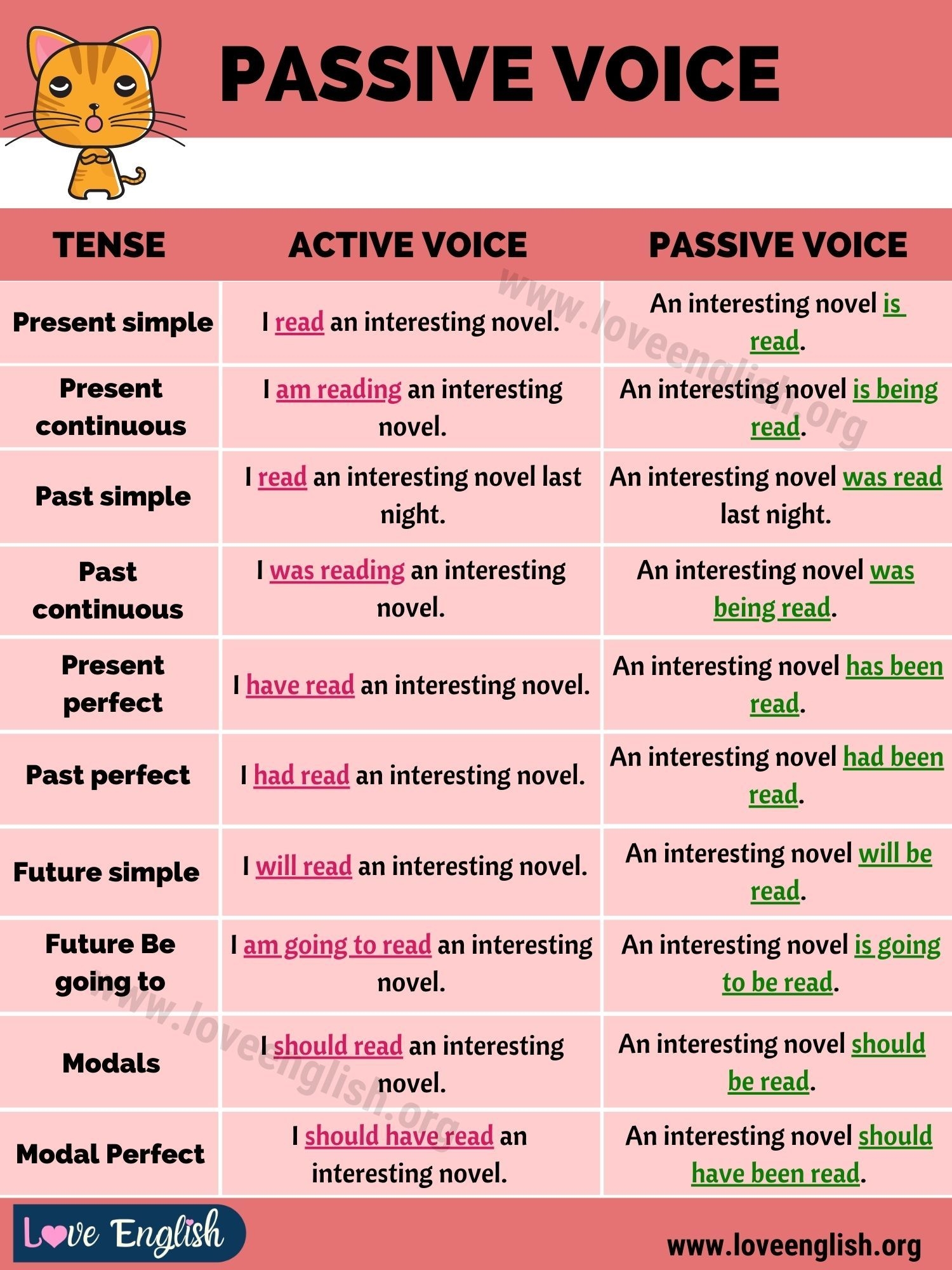When it comes to writing, the use of passive voice is a common mistake that many writers make. Passive voice can significantly impact the clarity and effectiveness of your writing. Understanding what passive voice is and how to avoid it can help improve the overall quality of your writing.
Passive voice occurs when the subject of a sentence is acted upon by the verb, rather than performing the action themselves. This can result in sentences that are wordy, unclear, and lack impact. Writers often use passive voice unintentionally, but being aware of it can help you identify and correct it in your own writing.
Passive Voice in Writing Meaning
Passive voice is characterized by the use of a form of the verb “to be” (such as is, am, are, was, were, be, being, been) followed by a past participle. For example, “The book was read by the student” is a passive sentence, while “The student read the book” is in active voice.
One of the main drawbacks of passive voice is that it can make sentences less engaging and dynamic. Active voice, on the other hand, is more direct and concise, making your writing clearer and more impactful. Using active voice can also help you avoid ambiguity and improve the flow of your writing.
While passive voice can be appropriate in certain contexts, such as when the focus is on the receiver of the action rather than the doer, it is generally best to use active voice whenever possible. By paying attention to the structure of your sentences and making a conscious effort to avoid passive voice, you can enhance the readability and effectiveness of your writing.
In conclusion, understanding the concept of passive voice and how to recognize and avoid it in your writing is essential for improving the quality of your work. By using active voice, you can create sentences that are more engaging, clear, and impactful. Practice identifying and correcting passive voice in your writing to enhance your communication skills and make your writing more effective.
